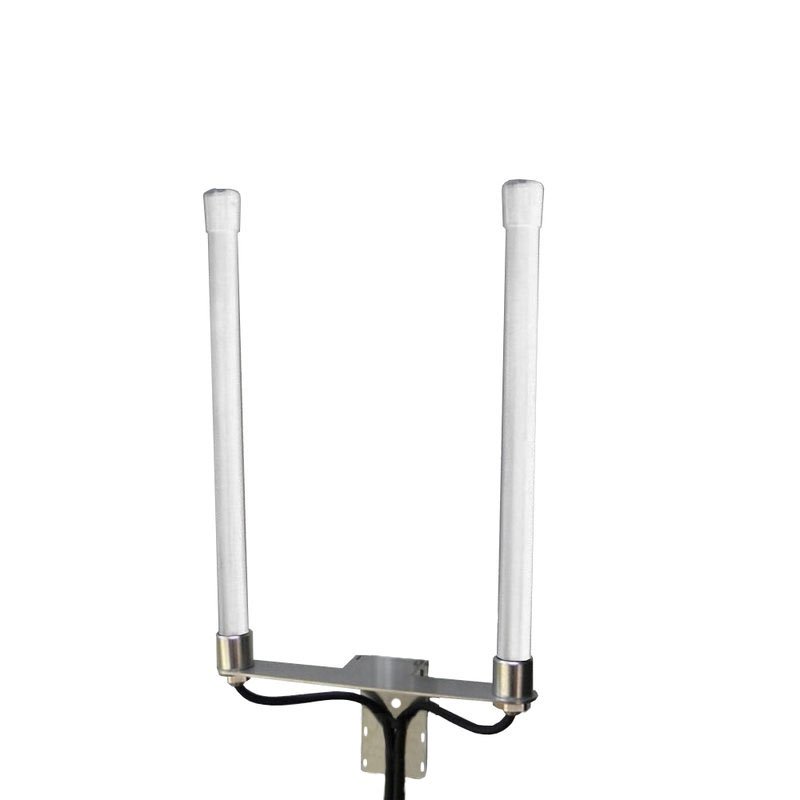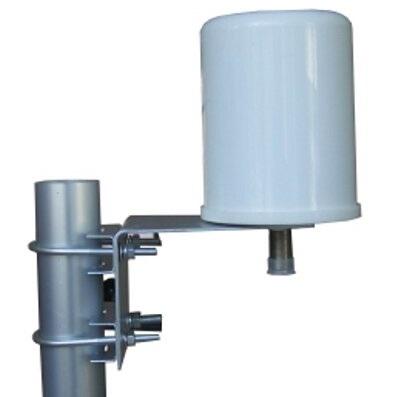Most of the experts are already aware of the fact that the only truly omnidirectional antenna is an isotropic source which happens to be a single point source which radiates along all the directions, equally. This means that if the radiations could be observed, they would look like a sphere which is very dense at the center point and lesser dense across the distance from the center point.
However, these kinds of antennas usually won’t work out for us. For us, the omnidirectional antennas stand a chance who happen to be vertically polarized. Such kind of antenna is going to emit a radiation pattern in the shape of a torus where the antenna is at the center.
Omnidirectional antennas are of three types, which includes the half wavelength dipole, quarter wavelength ground plane and the collinear array.

One of the best things about an omnidirectional antenna is its installation. The fact that the process of installation takes just a mounting somewhere with a strong signal is brilliant and you can also pull in a signal in a 360 degree pattern without any kind of fuss.
However, the problem comes when you are remote or in a dense place and have to locate your cell tower in order to find your carrier’s signal. Omnidirectional antennas lack the power of more directional antennas which means that the signal outside your home or office has to be strong for seeing a greater effect. As it snags the signal from anywhere, there don’t have to be any kinds of filters, which means extremely urban areas might also give you a few issues.
Here are some of the pros and cons of having an omnidirectional antenna –
PROS
- The process of installation is really easy.
- It is known to boos the 5G, 4G LTE and 3G signals as well when the building material is the main reason which you are suffering from in your homes.
- It also amplifies the cell signals in your whole areas which includes multiple carriers who have a different cell tower in different locations.
CONS
- The first issue with omnidirectional antenna is that it doesn’t reach as far as that of a directional antenna.
- It also isn’t optimized for the rural areas where the distance from the cell tower is the main issue.
- It doesn’t give you a lot of gain for your incoming signal as that of a directional antenna but is still worthwhile.
- It can even catch the signal noise at times, which become a bit of an issue for some users in urban areas.
But then again, most of the customers do settle for the omnidirectional antennas as they service different providers who include major as well as minor providers. In case you live in a populated area where you have a pretty decent coverage from different cell towers who are close enough for the omnidirectional antennas to catch, such kind of antenna is a really great option for you then.

Along with that, you should also remember that whether the amplifier which you would be using with your antennas is 50 or 75 Ohm.
You need to know that the commercial units are 50 Ohm and the consumer units are 75 Ohm. The main difference between the two is that there are the low end WilsonPro units ( the 70, 70 Plus), who actually are great options and another option for you is the WeBoost connect who is a 50 Ohm consumer unit.

